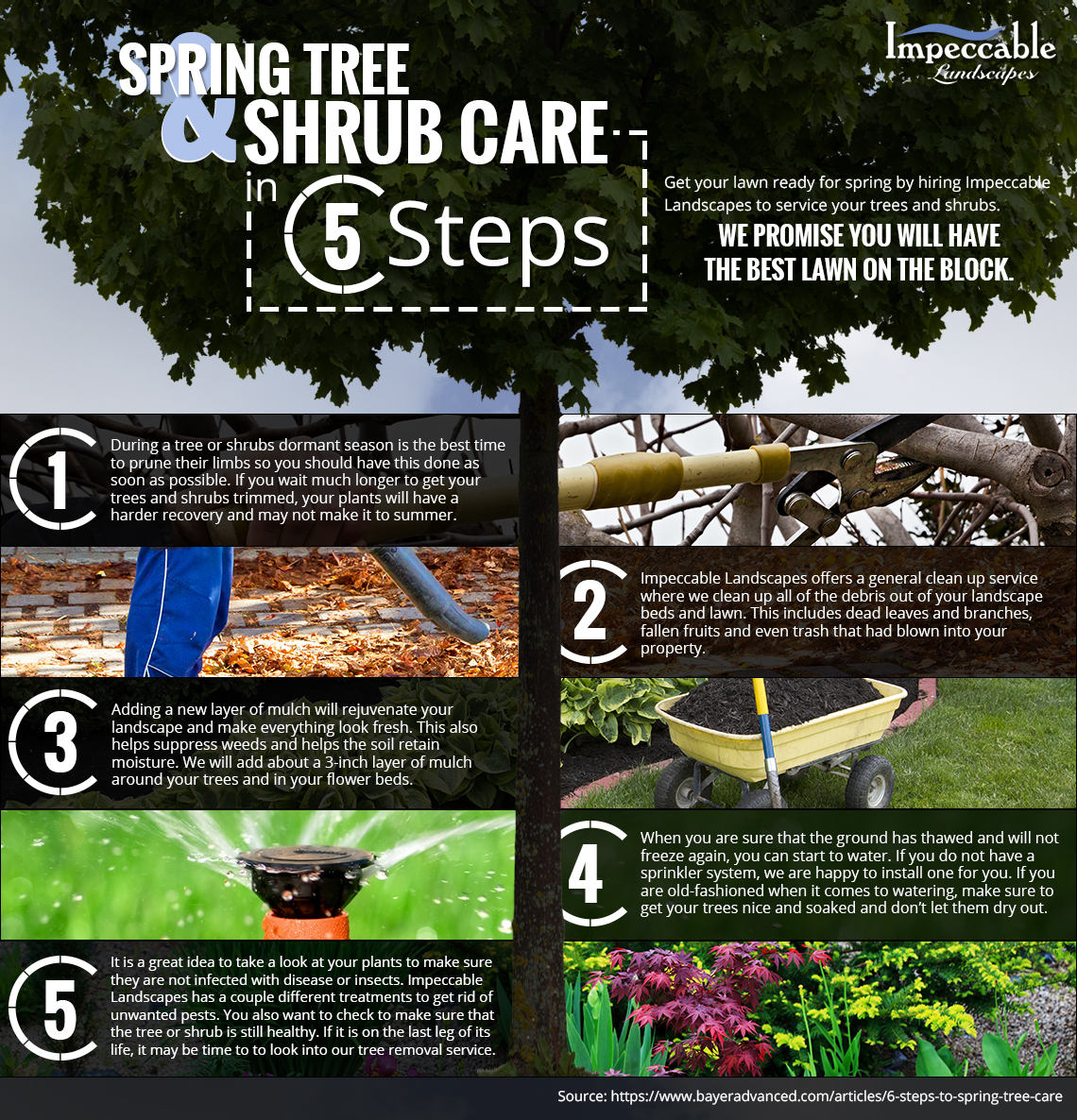After a tree's removal, your landscape might look rather various, and it's necessary to examine the consequences very carefully. You'll want to examine the dirt disruption and check bordering plants for any kind of signs of stress. Overlooking these elements can bring about larger troubles down the line. So, what should you perform with those stumps and origins? And how do you select the most effective plants for your rejuvenated area? Allow's discover these crucial steps.
Assessing the Consequences: Assessing Your Landscape
After a tree elimination, it's crucial to assess your landscape to comprehend the effect it has on your lawn.
Beginning by analyzing the area where the tree stood. Try to find Removing Tree Roots Without Killing The Tree of soil disturbance, and examine the surrounding plants for any kind of stress or damage.
You ought to additionally take note of just how the removal has actually changed sunlight direct exposure and air movement in your garden. This change can impact the growth of close-by plants, so it's necessary to examine their health and wellness.
Consider the aesthetic aspects also; the removal could develop an open space that you can upgrade.
Ultimately, consider any type of possible erosion concerns that might arise from the tree's absence. Resolving these elements early will assist restore balance to your landscape.
Dealing With Stumps and Roots: Choices for Removal
As soon as you've assessed the consequences of the tree removal, you'll likely need to tackle the stump and roots left behind.
You have a couple of alternatives for elimination. One effective technique is stump grinding, where an expert makes use of a maker to grind the stump to below ground level. This method leaves minimal interruption to your landscape.
If you choose a do it yourself technique, you can use a combination of excavating and chemical stump cleaners. Simply bear in mind, this process can take some time and initiative.
Conversely, consider leaving the stump as an all-natural function, which can work as a special garden aspect or environment for wild animals.
Whatever you choose, attending to the stump and origins is essential for recovering your landscape.
Picking the Right Plant Kingdoms for Your New Room
As you assess your recently removed area, picking the right plants can considerably enhance your landscape's beauty and performance.
Begin by thinking about the sunshine and soil problems. For sunny areas, opt for drought-resistant plants like lavender or succulents. In shaded https://www.theolympian.com/news/local/article242703651.html , ferns and hostas flourish well.
Consider the size and development practices of your plants; mix perennials and annuals for seasonal variety. Do not fail to remember to integrate indigenous types; they call for much less maintenance and support regional wildlife.
Group plants in odd numbers for a more natural look and create layers for aesthetic depth.
Ultimately, ensure you have a mix of shades and appearances to keep your landscape vivid throughout the periods.
Delighted planting!
Final thought
To conclude, recovering your landscape after tree removal is a rewarding procedure. By evaluating the aftermath, addressing stumps and origins, and choosing the right plants, you'll create a successful atmosphere. Don't neglect to include erosion control procedures to secure your dirt. With a little initiative and treatment, you can transform your area right into a vibrant yard that improves your residential property. Accept the possibility to revitalize your landscape and enjoy the elegance of nature right in your backyard!
